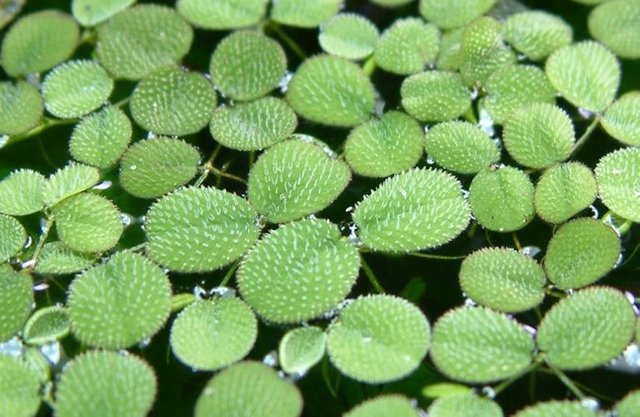The Smallest Flower in the Would is Helping to Change the World Duckweed
Common duckweed is a very small light green free-floating, seed bearing plant. Duckweed has 1 to 3 leaves, or fronds, of 1/16 to 1/8 inch in length. A single root (or root-hair) protrudes from each frond. Duckweed tend to grow in dense colonies in quiet water, undisturbed by wave action. Often more than one species of duckweed will be associated together in these colonies. Duckweed can be aggressive invaders of ponds
For some duckweed is a menace, for others it's a Godsend. This plant has the ability to reproduce rapidly, it can double in just 16 hours - 2 days, depending on its growing environment.This makes it either a formidable enemy or a fantastic ally. 
Benefits of Duckweed
- Cost effective renewable energy, biofuel
- Water filter
- Mosquito prevention
- Prevents algae growth
- Reduces evaporation on bodies of water
- Virtually free animal feed
- Food for humans
Filtering you Aquaponics water
Duckweed can clean this water by absorbing the resulting chemicals.
Help stop Mosquitoes
Mosquitoes love shallow still pools of water to lay their eggs in. This is a major problem in many countries, not just third world countries. Duckweed could be the solution.Because duckweed covers the surface like a thick blanket, it blocks the mosquito from laying eggs. Malaria, yellow fever, dengue fever, and the Zika virus are four of the diseases spread by mosquitoes here in Brazil and other parts of the world.
Duckweed as a Bio-Fuel
Scientists are working on ways to utilize duckweed as a bio-fuel. With the rapid reproduction of this plant, it has not only the scientists but also the environmentalists taking notice.
Here are some of our Video's on Duckweed



Hi! I am a robot. I just upvoted you! I found similar content that readers might be interested in:
https://owlcation.com/stem/duckweed